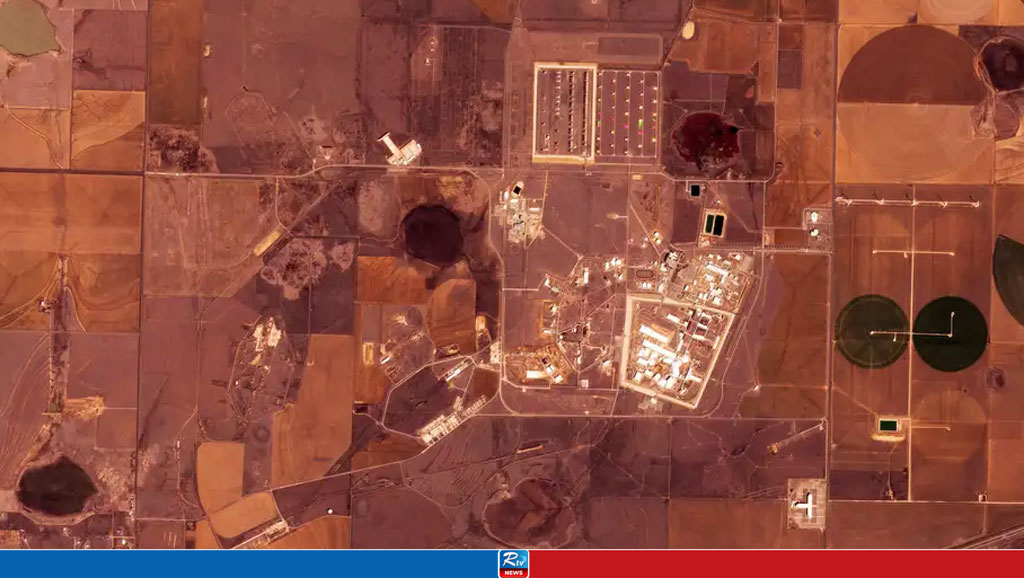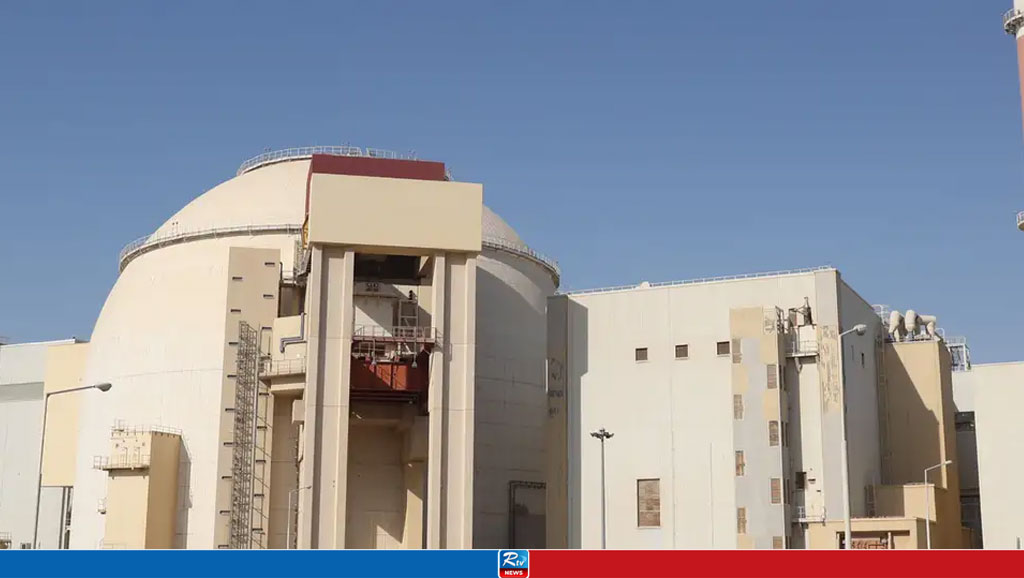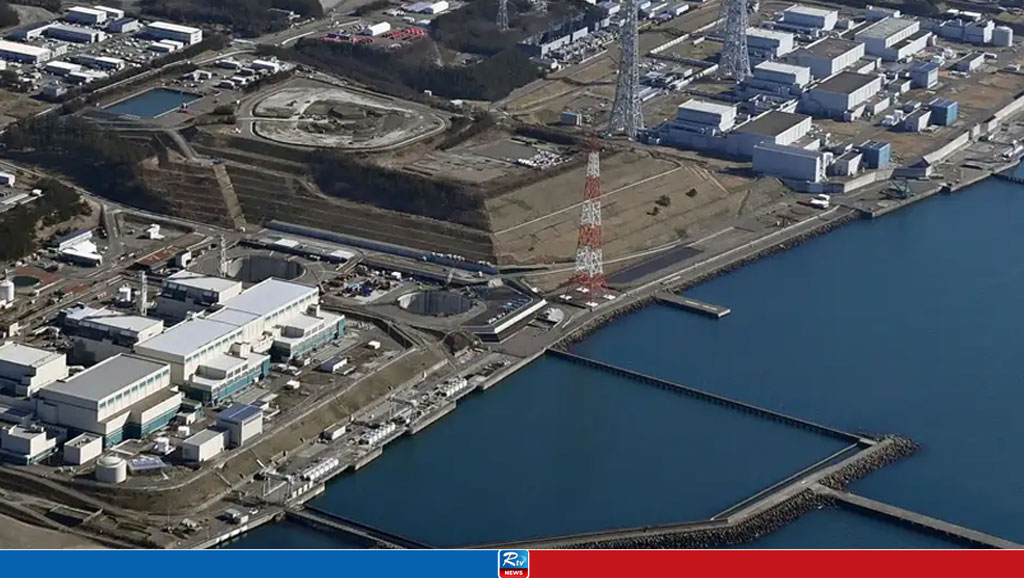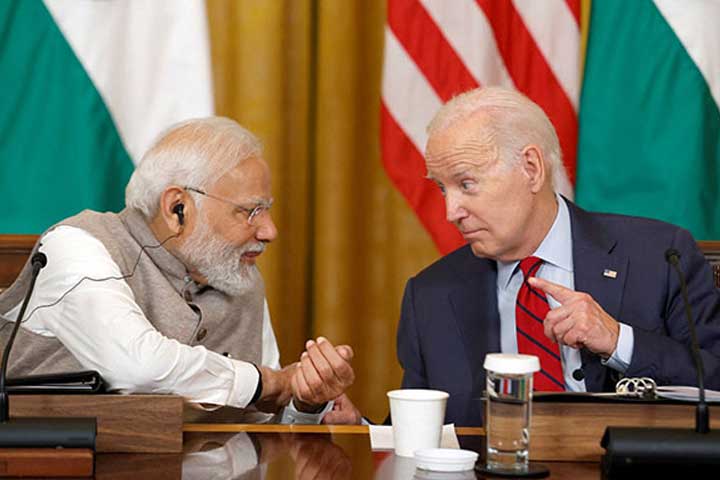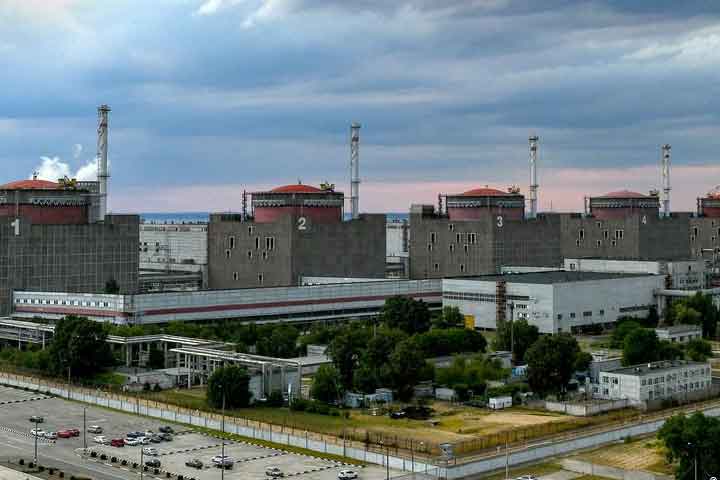US reaffirms support for India's entry into Nuclear Suppliers Group
The United States has reaffirmed its support for India's inclusion in the Nuclear Suppliers Group ( NSG ) and is committed to continuing its engagement with like-minded partners to advance this goal.
In the joint statement released by US and India, US President Joe Biden and Prime Minister Narendra Modi underscored the important role that nuclear energy plays in global decarbonisation efforts and affirmed nuclear energy as a necessary resource to address the climate, energy transition and energy security needs of the nations.
The two leaders noted the ongoing discussion on developing next-generation small modular reactor technologies in a collaborative mode for the domestic market and export.
"President Biden and Prime Minister Modi underscored the important role nuclear energy plays in global decarbonization efforts and affirmed nuclear energy as a necessary resource to meet our nations' climate, energy transition, and energy security needs. The leaders noted ongoing negotiations between the Nuclear Power Corporation of India Limited (NPCIL) and Westinghouse Electric Company (WEC) for the construction of six nuclear reactors in India," the joint statement released by India and the US reads.
It further said, "They welcomed intensified consultations between the US DOE (Department of Energy) and India's DAE (Department of Atomic Energy) for facilitating opportunities for WEC to develop a techno-commercial offer for the Kovvada nuclear project (in Andhra Pradesh's Srikakulam).
"They also noted the ongoing discussion on developing next generation small modular reactor technologies in a collaborative mode for the domestic market as well as for export. The United States reaffirms its support for India's membership in the Nuclear Suppliers Group and commits to continue engagement with likeminded partners to advance this goal," the statement read.
The Nuclear Suppliers Group (NSG) is a group of nuclear supplier countries that seeks to contribute to the non-proliferation of nuclear weapons through the implementation of two sets of guidelines for nuclear exports and nuclear-related exports. According to the NSG's official statement, the NSG was created after the explosion of a nuclear device by a non-nuclear-weapon state in 1974.
The NSG guidelines contain the so-called "Non-Proliferation Principle," adopted in 1994, whereby a supplier, notwithstanding other provisions in the NSG Guidelines, authorises a transfer only when satisfied that the transfer would not contribute to the proliferation of nuclear weapons.
The NSG guidelines are consistent with the various international legally binding instruments in the nuclear non-proliferation sector.
Currently, there are 48 members in the Nuclear Suppliers Group which include - Argentina
Cyprus, Ireland, New Zealand, South Africa, Australia, Czech Republic, Italy, Norway, Spain Austria, Denmark, Japan, Poland, Sweden, Belarus, Estonia, Kazakhstan, Portugal, Switzerland Belgium, Finland, Latvia, Romania, Turkey, Brazil, France, Lithuania, South Korea, Ukraine, Bulgaria, Germany, Luxembourg, Russia, UK, Canada, Greece, Malta, Serbia, US, China, Hungary, Mexico, Slovakia, Croatia, Iceland, Netherlands and Slovenia.
26 Jun 2023,13:34
















 Live Tv
Live Tv

